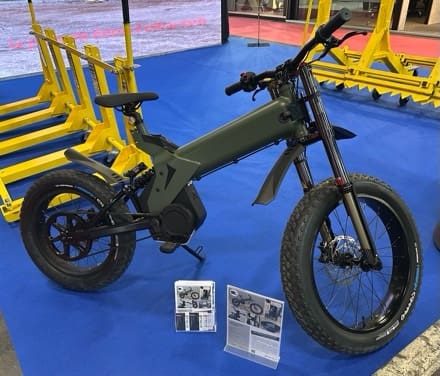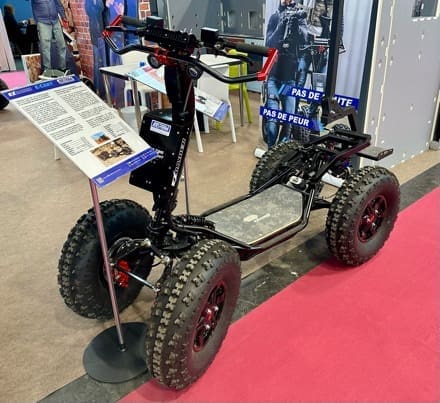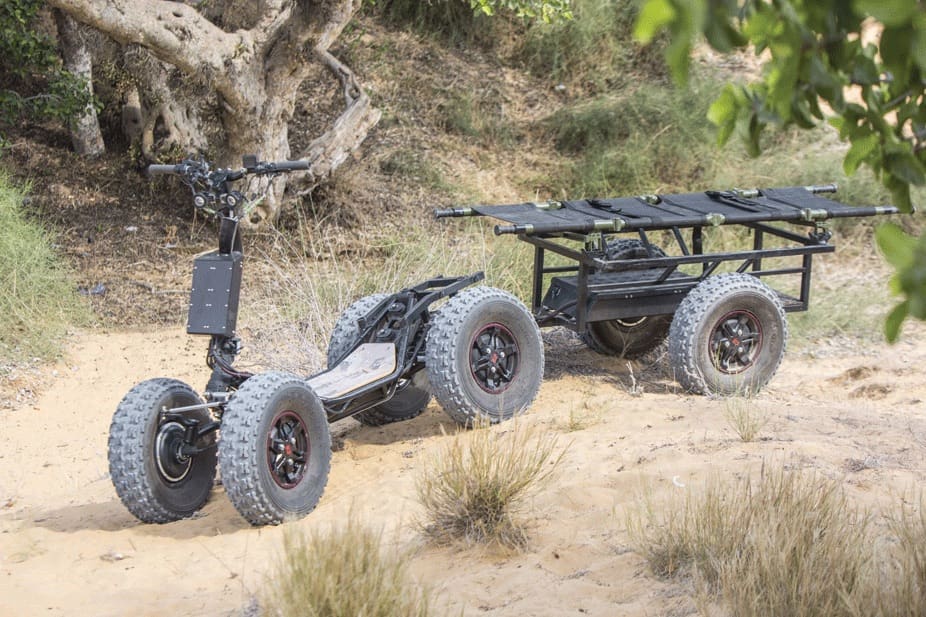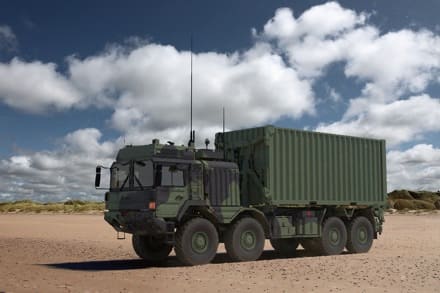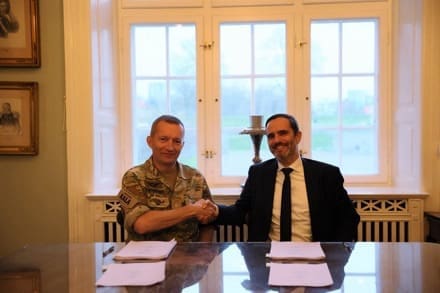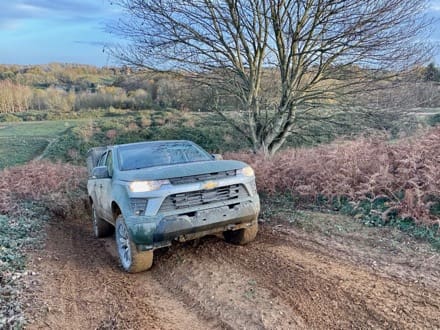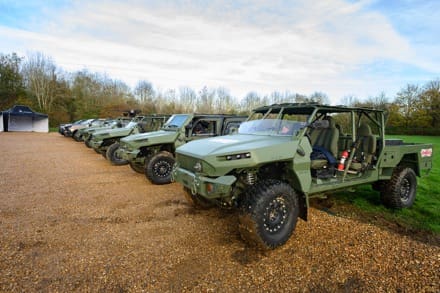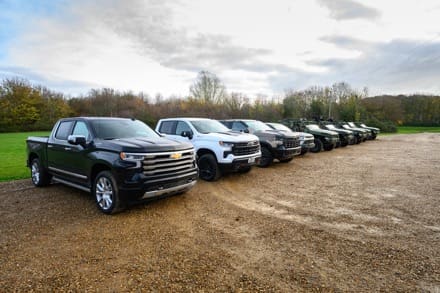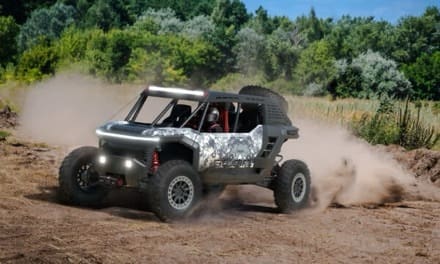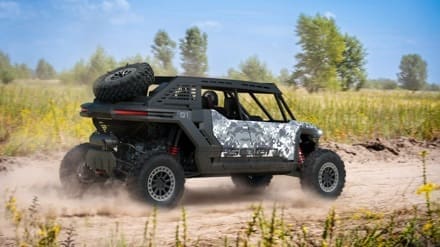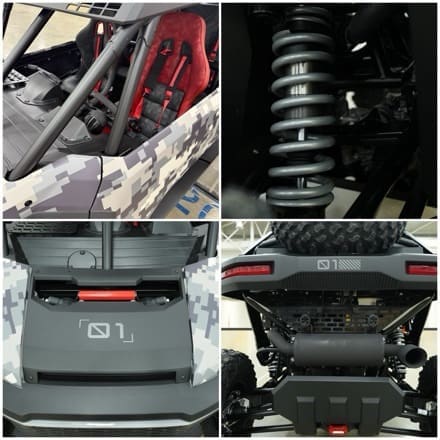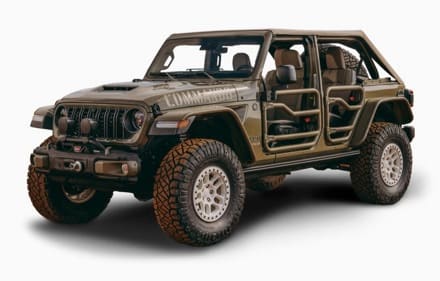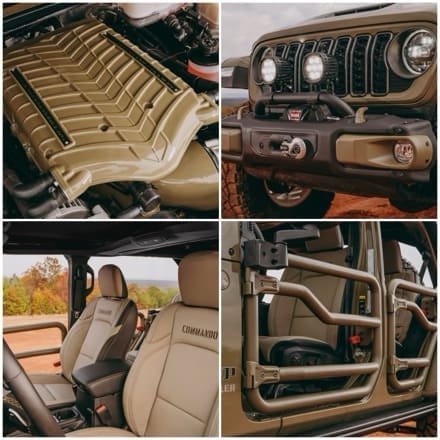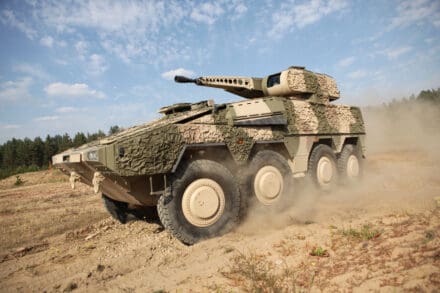Brevard, NC – [October 16, 2025] – In the wake of mounting disastrous events from hurricanes, fires, earthquakes, and floods and growing demand for fast-deploying field equipment, SylvanSport today announced the launch of its GO. Rapid Response tactical trailer — a next-generation of lightweight, tow-anywhere tactical hauler, trailer and shelter designed for first responders, emergency managers, defense units, and humanitarian organizations.
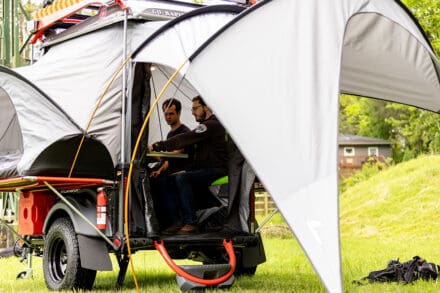
The debut comes one-year after Hurricane Helene devastated communities surrounding SylvanSport’s headquarters in Western North Carolina, and underscored the need for adaptable, fast-deploying equipment. When access routes failed, and power and communication grids collapsed, response teams needed versatile, self-contained systems that could move quickly and sustain operations independently.
“Living through Helene, we saw first-hand how response organizations from local fire stations all the way up to the National Guard were constrained by bulky, slow-to-deploy equipment” said Tom Dempsey, founder and CEO of SylvanSport.
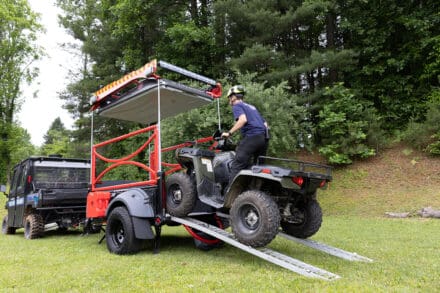
GO. Rapid Response bridges that gap — it’s compact, agile, and purpose-built for missions that demand speed and flexibility. “We saw how devastating a natural disaster can be for a community and the need for equipment that can aid first responders getting into hard to reach places, Dempsey added.”
Hundreds of mission-critical applications. One VERY unique solution.
GO. Rapid Response is the incredibly versatile, go-anywhere, carry-anything tactical trailer from SylvanSport. Lightweight and towable by any vehicle in your fleet, GO. Rapid Response easily transforms from transporter to hauler to shelter — all in one self-contained unit. From dense urban centers to remote, off-grid terrain, GO. Rapid Response is ready.
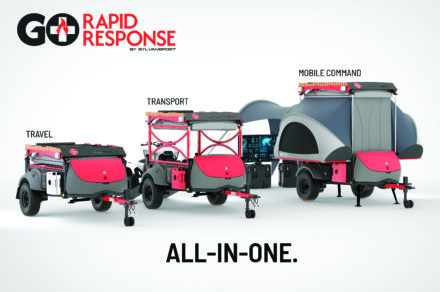
“We worked with local North Carolina search and rescue teams to find out what they needed when it came to equipment when disaster strikes and started doing our own research to bring this product to life,” said Kyle Mundt, VP Product Development, SyvanSport. “It’s a very adaptable product and we’re looking forward to future technology advances to make Go. Rapid Response the tactical trailer to fit even more multifaceted needs.”
Built from high-strength aluminum with an off-road suspension and low center of gravity, it’s compact enough for tight maneuvers yet rugged enough for rough conditions. In minutes, it converts from a cargo hauler to a mobile shelter, command unit, or triage station — a multi-role platform built to move, deploy, and sustain operations anywhere.
The newest dealer to join SylvanSport in their mission to bring Go. Rapid Response to search and rescue teams is Hendrickson Fire Rescue in Islandia, NY.
“Partnering with GO. Rapid Response is a natural fit for Hendrickson Fire Rescue Equipment,” said Craig Probst, President. “Our team is dedicated to supporting fire and rescue teams with reliable, ready-to-deploy solutions, and the GO Rapid Response enhances that mission by giving departments greater flexibility and readiness when it matters most.”
The company is currently exploring additional dealers in the U.S. and Canada.
Mission-Ready Features
Ultra-Lightweight Design:
Only ~1,200 lbs dry weight; towable by SUVs, EVs, tactical, or municipal vehicles.
High Payload Capacity:
Up to 2,150 lbs GVWR (2,300 lbs with suspension upgrade).
Rapid Deployment:
Transforms from transport to shelter mode in minutes.
Rugged Construction:
All-aluminum frame, steel wheels, all-terrain tires, and roto-molded components.
Command-Ready Interior:
Configurable 10.5? × 7? × 6?5? space for cots, gear racks, or comms equipment.
Power & Lighting Options:
Integrated LED scene/work lighting, solar power, 12 V and 120 V outputs.
Custom Agency Fit:
MOLLE mounts, rack systems, slide-out drawers, branding and graphics available.
Available under GSA Contract # GS-35F-698GA, partnered with Tomahawk Information Solutions, GO Rapid Response simplifies procurement for federal, state, and local agencies.
Part of a Proven Family of Adventure and Utility Products
SylvanSport’s evolution into tactical and emergency mobility builds upon its award-winning outdoor engineering. Each model complements GO Rapid Response to serve distinct roles across both mission and lifestyle use:
GO EASY™ Utility Trailer:
A compact hauler for gear, ATVs, or emergency supplies.
TraiLOFT™ Micro Camper:
Lightweight and aerodynamic, combining gear transport with sleeping space for field teams.
LOFT™ Rooftop Tent:
A hard-shell, weather-proof shelter that sets up in seconds on any vehicle.
VAST™ Adventure Trailer:
A spacious off-grid command and housing solution for extended deployments.
Together, these models embody SylvanSport’s mission to combine mobility, sustainability, and resilience — from backcountry recreation to front-line response.
Built for Response. Ready for Anything.
From wildfire evacuations and hurricane recovery to defense training and homeland security support, GO Rapid Response delivers hundreds of mission-critical applications in one adaptable platform. It bridges the gap between large, slow-to-deploy vehicles and makeshift field solutions, giving teams a lightweight, American-made tool for the modern response environment.
“Preparedness starts with mobility,” Dempsey added. “Our trailers are designed to go where other equipment can’t. That’s why we built GO. Rapid Response — to empower the people who run toward the crisis, not away from it.”
Availability & Demonstrations
SylvanSport will exhibit the GO. Rapid Response line at upcoming Defense Tech Connect, Fire-Rescue International, and IAEM Emergency Management Expos throughout 2025. Demonstrations and procurement consultations are available upon request.
About SylvanSport
Founded in Brevard, North Carolina, SylvanSportdesigns and manufactures award-winning adventure trailers, campers, and outdoor systems recognized for their lightweight engineering and durable design. Since 2004, the company has redefined how people move through the world — from everyday explorers to emergency responders.
For more information or to request a demonstration, visit
www.sylvansport.com/rapid-response
